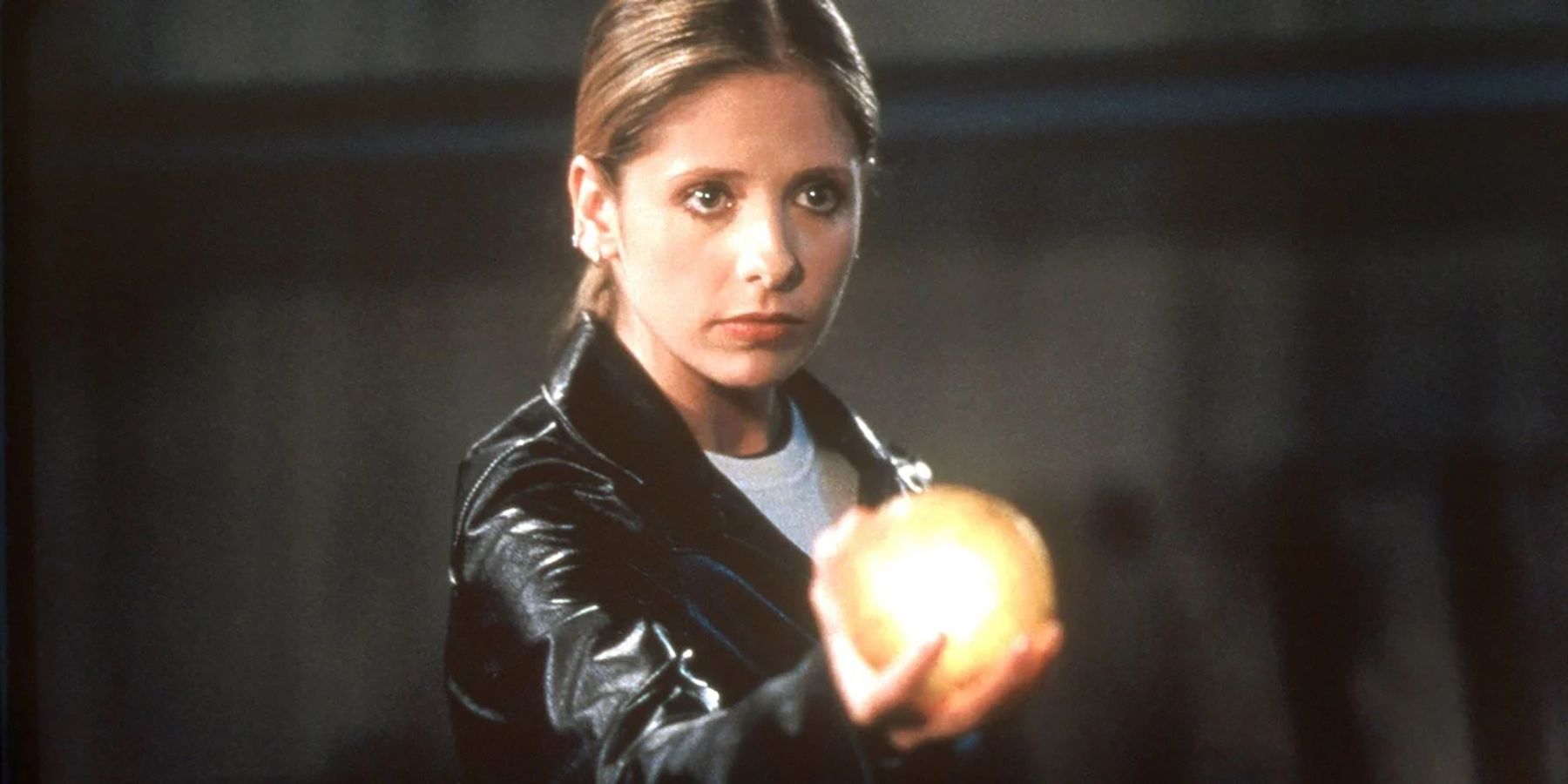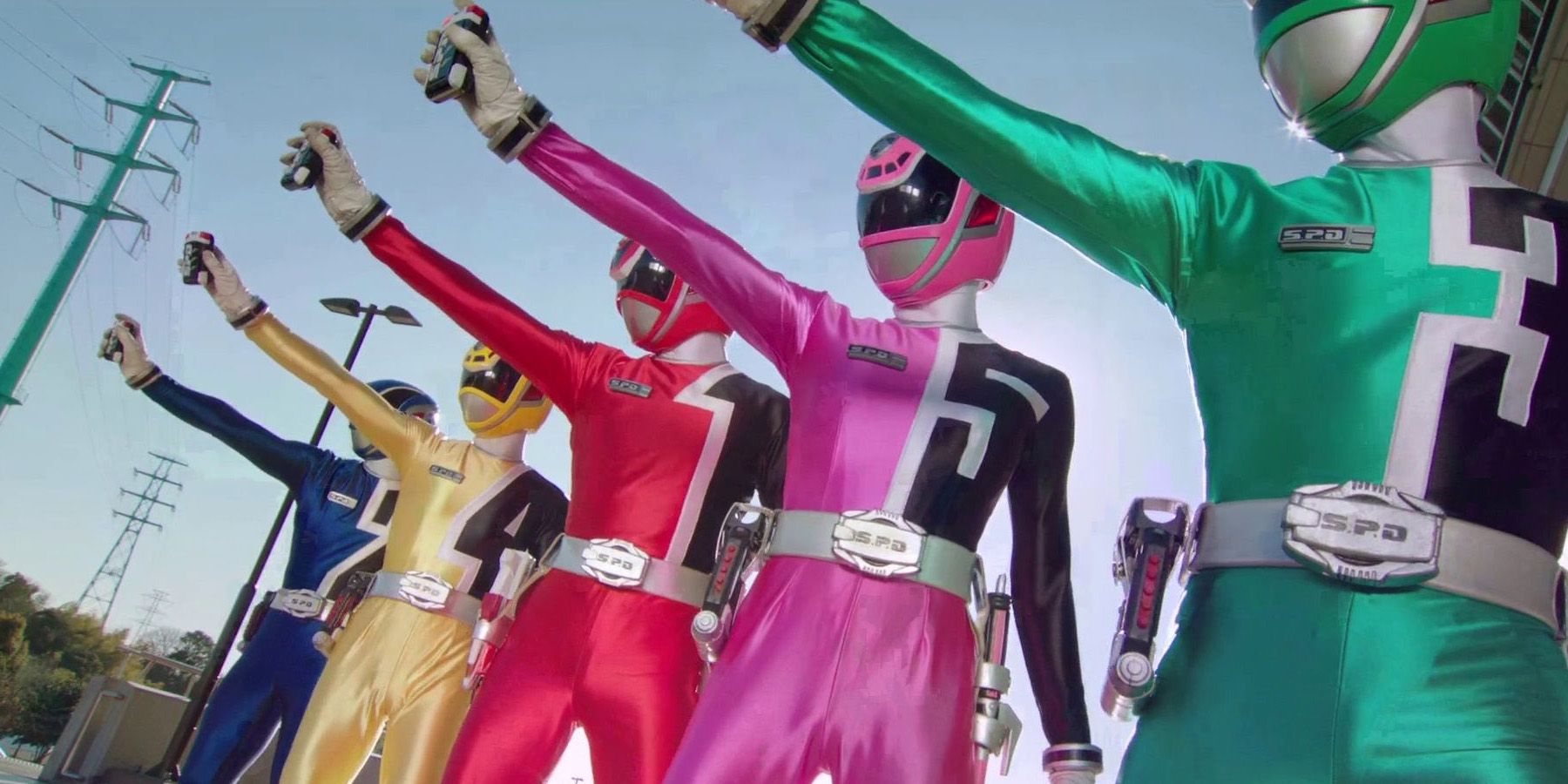Tons of TV series tell their stories one episode at a time, pitting their heroes against a fun new enemy every outing and resetting the status quo by the ending. This Monster of the Week format is one of the most popular tropes in a wide variety of genres for a lot of good reasons.
Television has changed a great deal as a result of the big move to streaming. While the entire medium is in a never-ending battle between episodic and serialized storytelling, the platform shift has changed each option's weight. Despite the changes, the Monster of the Week format remains popular and iconic.
Monster of the Week is a descriptor for a type of episodic fiction. It refers to shows that feature a new enemy and a new fight in each episode. The basic structure of the average Monster of the Week story starts with the characters living their normal lives. Often some mundane problem will plague their waking life, but traditional problems will have to go on hold when this week's new threat appears. The heroes take on this new threat, win, and return to their largely unchanged lives. It's the equivalent of the classic "Status Quo is God" rule of old sitcoms, but for series with a more action-oriented structure. Pitting the heroes against a new foe every week allows the show to explore the main characters in a variety of situations and to avoid growing stale by fighting the same foe every week.
The "Monster" of the trope need not necessarily be an actual monster. It might be a new criminal in a police procedural, a new supervillain in a superhero show, or a new alien in a sci-fi series. Often a larger villain waits in the shadows to supply or create the weekly threats, but they could also just be coming out of the woodwork on their own. The individual monsters might later turn out to be part of a larger story arc through a well-placed retcon. Often the reveal of the main villain who has sent all of these horrible threats to the heroes is a big twist, for both the audience and the main cast. Monster of the Week shows allow an audience member to tune into an episode at random and enjoy one contained storyline with a satisfying beginning, middle, and end.
Arguably, Monster of the Week originated in mythology. Most of the old stories that modern audiences have access to feel like they follow the Monster of the Week format. The heroes and deities create or deal with the new threat, then return to their happy perch on Mount Olympus or wherever. The term Monster of the Week was coined by the writing staff of Leslie Stevens' 1963 sci-fi anthology series The Outer Limits. It was a play on the then-popular Movie of the Week cable-TV programming block. The ill-fated but well-remembered series sought to set itself apart from its biggest competitor, The Twilight Zone, by promising a fresh new monster in every episode. The show's best-known episodes were "Soldier" and "Demon with a Glass Hand", both of which were written by sci-fi legend Harlan Ellison. The show featured 49 episodes, only eight of which deviated from the format they coined.
The go-to example for most audiences is something like Power Rangers. The teenagers with attitude would face some problem at school, then face some costumed enemy, then return to their normal lives. The show recontextualized the Super Sentai enemies into aliens summoned by one of the main antagonists. This concept evolved from mythical beasts to horror monsters, to antagonistic aliens to be defeated with martial arts and giant robots. This has been the default state of the Monster of the Week format for years now. Buffy the Vampire Slayer, Fringe, Criminal Minds Doctor Who, Agents of S.H.I.E.L.D., almost every Arrowverse show, and many more beloved series use this technique. Most examples alternate or gradually introduce full multi-episode arcs over later seasons. One of the most interesting examples is Rick and Morty, which is metatextually about the battle between the Monster of the Week format and more serialized storytelling.
There's no limit to the Monster of the Week format. It can keep a show going as long as a creative team can come up with new villains. It can exist in any genre, tone, setting, or franchise. Even traditionally serialized stories can introduce weekly monsters for filler episodes between the big events. One of the interesting things about the Monster of the Week format is the way it interacts with streaming media. Most modern streaming services want something that viewers must watch in order. Serialized media that demands an audience catch each episode is better for binge-watching, and it ensures that viewers can't skip one entry they're less interested in. Despite the difference in format, many of the most popular shows on streaming services are still episodic adventures. No matter the changing tides, the Monster of the Week series isn't going anywhere, and for good reason.



